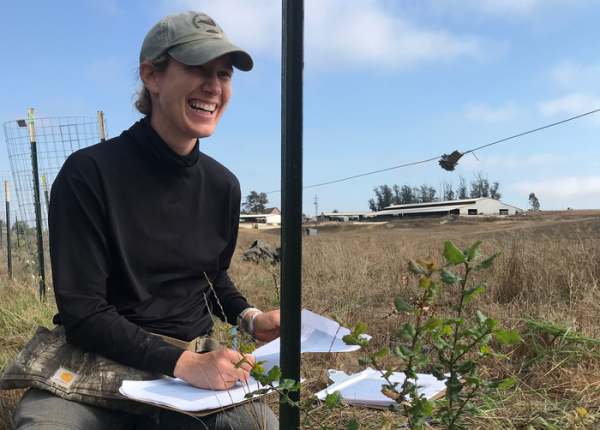A new study offers pathways to improve monitoring and evaluation (M&E) of climate-informed conservation while revealing how practitioners are currently monitoring conservation adaptation projects. This research examines a portfolio of 76 conservation adaptation initiatives that were led by non-governmental organizations and implemented in diverse ecosystems across the United States between 2011 and 2017.
This study, published in the journal Conservation Science and Practice, was co-authored by researchers at the Wildlife Conservation Society (WCS), the University of British Columbia’s Faculty of Forestry, and the University of Massachusetts Amherst.
The findings reveal that some best practices from M&E in conservation, such as closely tying monitoring plans to a theory of change, are underutilized. While the majority of projects reported social outcomes (co-benefits to human communities) in addition to ecological outcomes at their project completion, their monitoring plans focused primarily on ecological and biophysical changes. Only 15 percent of projects planned to collect data related to social outcomes, such as changes in perceptions or behaviors, and human well-being linked to restoration activities.
Read more at: Wildlife Conservation Society
Jessie Ditmore of Point Blue monitoring second-year plant survival (Photo Credit: POINT BLUE)


